Seven Impossible Tri-Reviews Before Breakfast #1: Featuring Betsy Bird of A Fuse #8 Production
 Monday, August 20th, 2007
Monday, August 20th, 2007
 Jules: We at 7-Imp, as you may know, are fond of co-reviews, our euphemism for flappin’ our gums about a book. We are happy today to have a guest co-reviewer – our tri-reviewer, we suppose – Betsy Bird of A Fuse #8 Production. Yes, she agreed to be the the Mo to our Curly and Larry; the Groucho to our Chico and Harpo; the Bart to our Maggie and Lisa; the Harry to our Ron and Hermione; the Gleek to our Zan and Jayna. Oh, you get the idea, and someone stop us now . . .
Jules: We at 7-Imp, as you may know, are fond of co-reviews, our euphemism for flappin’ our gums about a book. We are happy today to have a guest co-reviewer – our tri-reviewer, we suppose – Betsy Bird of A Fuse #8 Production. Yes, she agreed to be the the Mo to our Curly and Larry; the Groucho to our Chico and Harpo; the Bart to our Maggie and Lisa; the Harry to our Ron and Hermione; the Gleek to our Zan and Jayna. Oh, you get the idea, and someone stop us now . . .
And you may notice this is numero uno in a new series, ’cause we thought it was so much fun that we’ve got another one lined up soon. And another one after that. And another one. Someone stop us again . . . Really, the chance to talk books with some of our favorite bloggers? We couldn’t pass up the idea.
Back at the beginning of this year, I reviewed Barkbelly by Cat Weatherill and noted that a sequel would be forthcoming. Betsy read the review (indeed, she had reviewed the title herself) and left a comment, asking if we imps were game for reading said sequel, Snowbone (Knopf Books for Young Readers; July 2007; with cover and interior art by Peter Brown), when it was released. And, since I have the memory of an elephant when it comes to my to-be-read piles, I reminded Eisha and Betsy of this pledge these six months later, secured some review copies, and we all three read away at (about) the same time. And now we’re here to yak it up about performance storyteller and UK author Cat Weatherill’s sequel to her ’06 story (’05 in the UK) about a boy hatched from a wooden egg who flees his loving home (with human parents) after a dreadful accident at school, beginning a quest for his real home and family.
{Note: Snowbone Spoilers revealed below} . . . Read the rest of this entry �

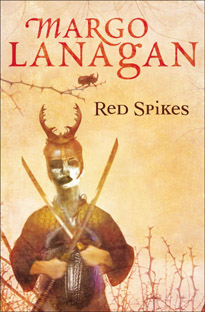
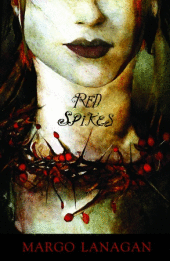
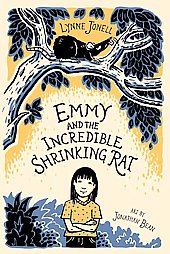

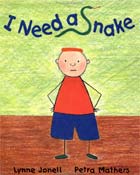 eisha: Well, I have long been a fan of Lynne Jonell’s picture books (especially
eisha: Well, I have long been a fan of Lynne Jonell’s picture books (especially 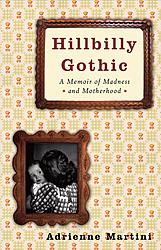 It’s the first Monday of the month, and that means we get to highlight what we think is a
It’s the first Monday of the month, and that means we get to highlight what we think is a 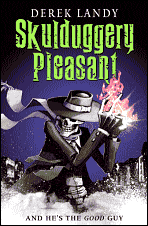

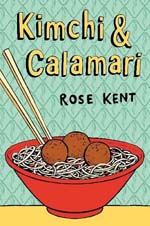
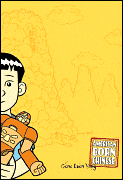 So, we’ve finally read
So, we’ve finally read 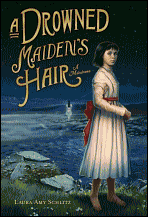 {Big ‘Ol Friendly Warning: Spoilers included. As usual, our co-reviews are really more well-suited to folks who have already read the novel and want to think further on it and, we hope, join in the conversation via the comments function} . . .
{Big ‘Ol Friendly Warning: Spoilers included. As usual, our co-reviews are really more well-suited to folks who have already read the novel and want to think further on it and, we hope, join in the conversation via the comments function} . . .